Photo Gallery:
Launch of Pegasus
SPACEFLIGHT NOW
Posted: December 4, 1999

An Orbital Sciences Pegasus rocket launched seven ORBCOMM data relay satellites on December 4 in a mission staged at Wallops Flight Facility, Virginia.
Taxi to takeoff
Orbital Sciences' L-1011 carrier jet, called Stargazer, rolls toward the runway for departure at NASA's Wallops Flight Facility.
|


|

|
Carrying a rocket
The Stargazer aircraft ferried the Pegasus rocket to a predetermined point over the Atlantic Ocean, about 50 miles east of Virginia, for the launch.
|


|

|
Checking the launcher
During the hour-long flight by the L-1011, a T-38 chase plane cruised along side to provide a last look at the Pegasus rocket before launch.
|
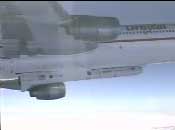

|

|
Loaded for launch
Nestled inside the protective nose cone of the Pegasus rocket were seven disk-shaped ORBCOMM communications satellites.
|
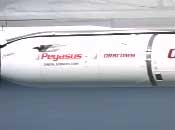

|

|
Ready to be dropped
In the final 45 seconds of the countdown, the flight control aerosurfaces on the Pegasus first stage were placed on battery power. The fins then completed a movement test.
|
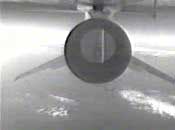

|

|
Ignition
After being released from Stargazer, the Pegasus fell for five seconds before the first stage solid-rocket motor ignited.
|
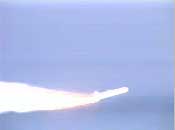

|

|
Streaking to space
Pegasus began its powered journey to orbit from an altitude of about 40,000 feet. It took over an hour before the satellites were released into their 510-mile high orbits.
|
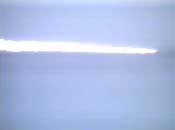

|

|
One stage down
The first stage solid-fuel motor completed its firing within 70 seconds. Moments later the spent stage was jettisoned and the second stage was ignited.
|


|

|
A long road to orbit
The ground track the Pegasus followed into space with the ORBCOMM satellites was a lengthy one. The launch began off the coast of Virginia and ended north of Australia.
|
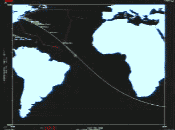

|

|
 |
 |
 |

NewsAlert
Sign up for Astronomy Now's NewsAlert service and have the latest news in astronomy and space e-mailed directly to your desktop (free of charge).



|

